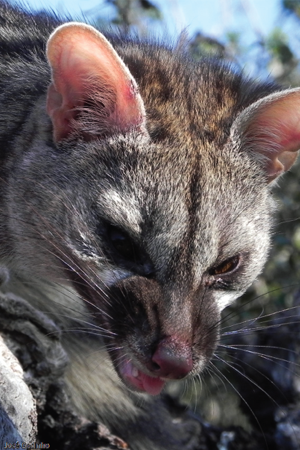
|
 |
The first mammals evolved from a lineage of reptiles but the diversification, that allowed them to occupy numerous ecological niches, occurred much later, after the extinction of the dinosaurs. Regardless of whether they reproduce through eggs (monotremates), benefiting from an external ventral pouche (marsupials), or developing in the mother’s uterus (placentarians), all mammals have glandules that produce milk, the substance with which they feed the newborn. When adult, mammals may feed on plants (herbivores), consume insects and other invertebrates (insectivores), or be predators (carnivorous) and occasionally scavengers. Some of them go through a period of inactivity in winter (hibernation) or even in summer (aestivation). A lot of mammals spend the day resting and are more active at dawn and night, a pattern that makes them more difficult to locate. However, signs of presence such as holts, scats and footprints can be observed during daytime. Benefiting from high mobility, mammals have high spatial requirements that very often conflict with human activity and lead to some species being threatened. Main threats are habitat loss and degradation, illegal persecution, and death by poisoning or road-kill, and the most vulnerable groups of mammals in Portugal are bats and large carnivores, both indicators of equilibrium in ecosystems. The Alentejo, and the montado in particular, is also an historical habitat of the Iberian lynx and the region still maintains the basic requirements for the species presence, subject to recovery of the populations of its preferred prey, the wild rabbit, and its reintroduction in the medium / long term.. |

|